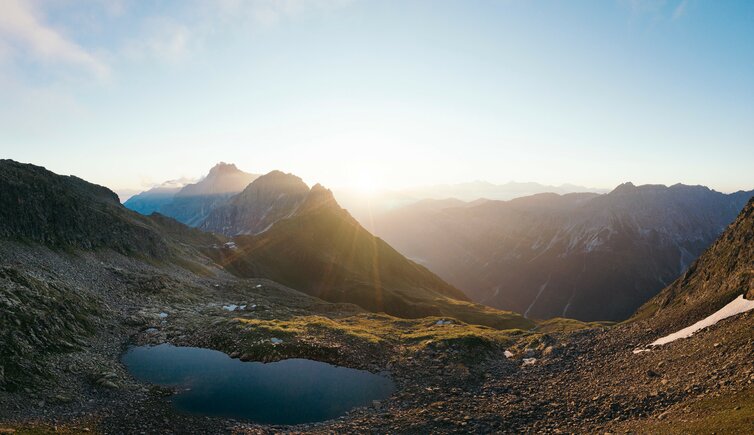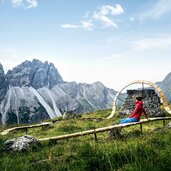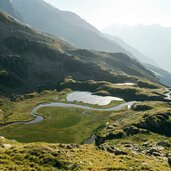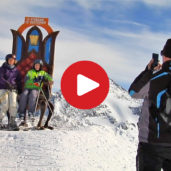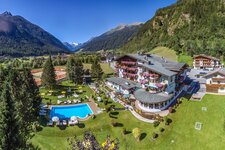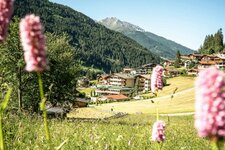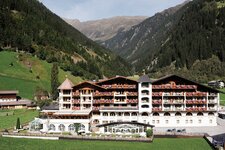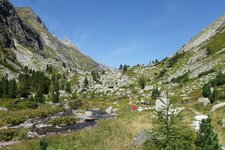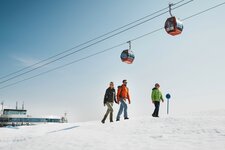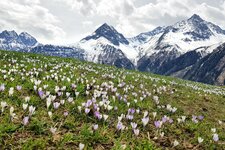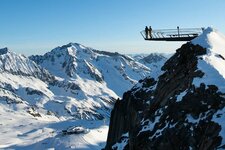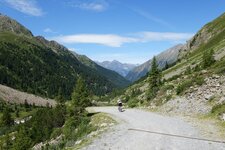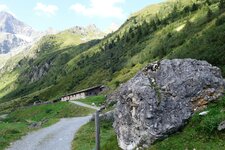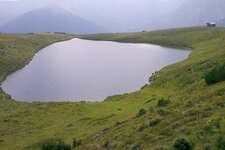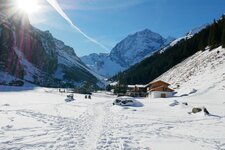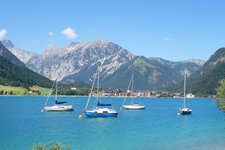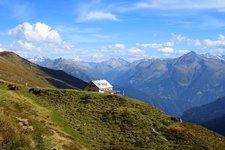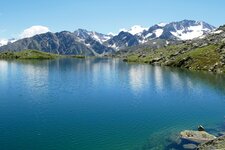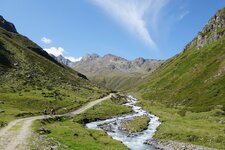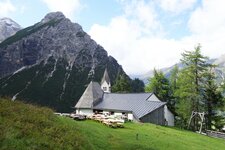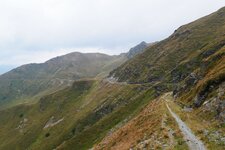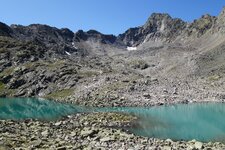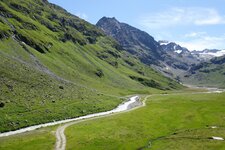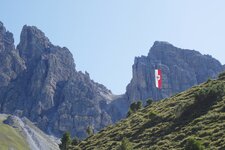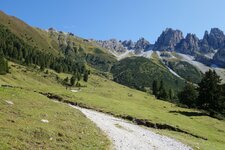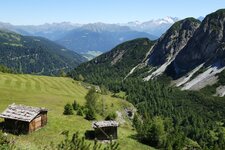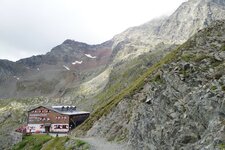Due to extensive glaciations, the Stubai Alps in North and South Tyrol are a popular area for winter sports enthusiasts
Image gallery: Stubai Alps
The Stubai Alps do not only extend on North Tyrolean territory, but also in South Tyrol in Italy. They are part of the Austrian Central Alps, and together with the Stubai Alps they form the largest mountain chain of the Eastern Alps. The Stubaier Alpen, how they are called in German, stretch south-west of Innsbruck between the Wipptal valley, its Italian section - called Alta Valle Isarco - and the Oetztal valley. In the area of Hochstubai and the Upper Stubai Valley, this mountain chain is glaciated and represents a popular background for high alpine tours.
The Stubai Glacier, a famous glacial skiing area, is located in this area. In the east, the Stubai Alps are bounded by the Tux Alps, in the south-east by the Zillertal Alps, in the south by the Sarentino Alps and in the west by the Oetztal Alps. Their northern border also represents the border between Central Alps and Northern Limestone Alps (Northern Calcareous Alps).
Peaks: The Stubai Alps are subdivided into 15 subgroups. Among the 10 highest summits there are Mt. Zuckerhütl (3,507 m a.s.l., the highest peak of the mountain group), Mt. Schrankogel (3,497 m a.s.l.), Mt. Sonklarspitze (3,467 m a.s.l.) and the Wilder Freiger (3,419 m a.s.l.).
Trails: The 120 km long Stubai High Route snakes its way across the Stubai Alps, past eight cosy refuges such as the Nuremberg Mountain Hut and the Innsbruck Mountain Hut. Furthermore there's the Hochstubai Panorama Trail along the state border at the Timmelsjoch Pass. Of course, you can also choose between easier hikes, fixed-rope routes and ski tours.
